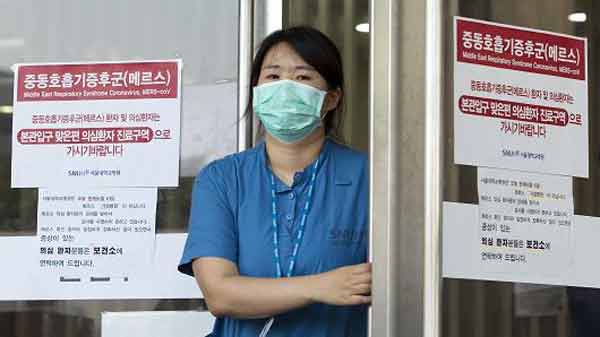New York, NY (BBN)- Record high food prices are putting added pressure on the United Nations agency that helps feed nearly 100 million of the world’s poorest people, with officials warning of a potential “perfect storm” combination of soaring costs, weather emergencies and political instability.
“We are on red alert and we are continually assessing needs and reassessing plans and stand ready to assist,” UN World Food Program (WFP) Executive Director Josette Sheeran told the UN News Centre, as her agency develops an action plan for early purchasing and setting up reserves and safety nets. “Rising food prices are a reality for the whole world, but they have the biggest impact on the poorest and most vulnerable populations.”
If prices continue to rise, due in part to adverse weather such as floods, droughts and fires, or even stay at the same high levels for the rest of the year, WFP will face a serious budget gap, forcing it to make the kinds of painful decisions it faced during the previous food price crisis of 2008: reduce rations, decrease beneficiaries, try to obtain additional resources.
Meanwhile for households already living at subsistence level, the rises mean increased levels of malnutrition, a decrease in income available for schooling or access to health services, and potential instability, such as bread riots, in those countries that are worst affected.
WFP’s forward purchase of food while market prices were relatively low in 2010 has helped to minimize the impact on its budget, but every 10 per cent increase in the price of its food basket, costs an additional $200 million a year to buy the same amount of food.
The five-point action plan to help countries cope with rising prices and provide a stable supply for the most vulnerable populations calls for scaling up WFP’s advance purchase and pre-positioning facilities, allowing access for WFP to national and regional food stocks during a crisis, and building up small regional food reserve systems under its management.
It also calls for scaling up social protection safety nets such as mother/child nutrition, school meals, and job creation programs; support for smallholder women farmers, including using local purchases by WFP to promote smallholder production; and strengthening commitments made at the 2009 UN Rome summit on food security to exempt humanitarian food from export bans, restrictions or extraordinary taxes.
The fifth point proposed setting up a multilateral mechanism to improve analysis of food prices, production and stocks to enhance transparency of food markets.
BBN/SSR/AD-17Feb11-11:25 am (BST)








